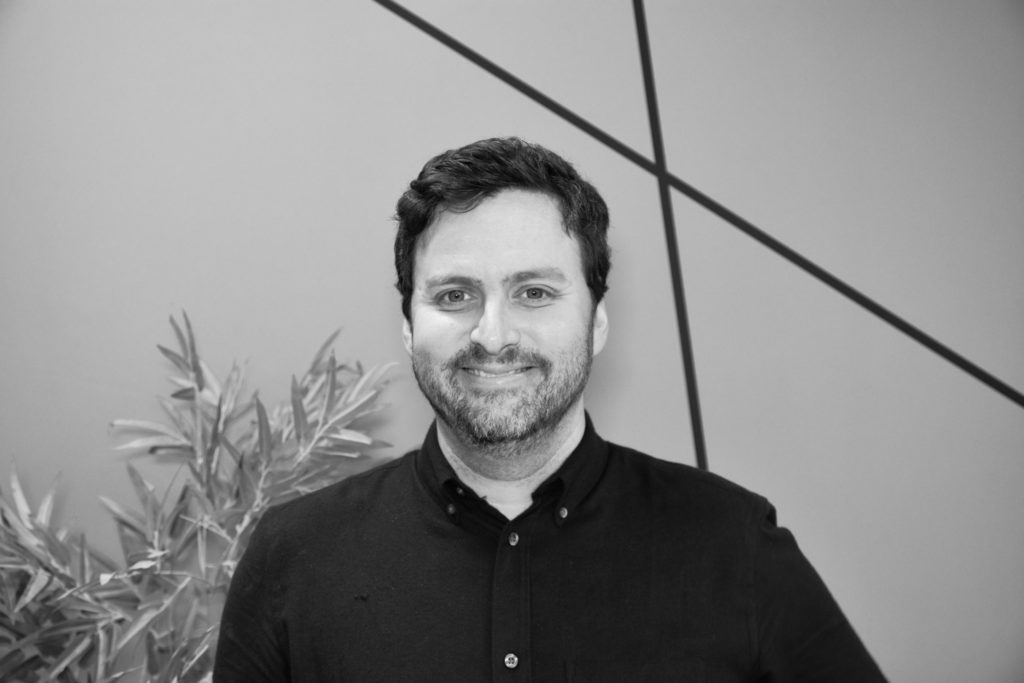By Simon Akers, founder of Archmon and a regular NDA columnist
I like to look at memes – maybe too much. Laugh at them. Share them. Whether you like the things or not (some of them have me in absolute stitches, which is, of course, great for said mental health) memes are often a barometer of the thinking, tone of voice and the call out of irony.
One, in particular, stuck with me. It featured someone holding a tissue against the crack of a water cooler. The cooler was labelled ‘overworked employees’ and the tissue ‘Mental Health webinar’. Funny yes, but mainly because it is tragically accurate.
Upon sharing, one of my friends replied to me via direct message with the most telling of responses:
“Yep! Or just throw an app at the situation or something! This is very timely. A company that I used to work for has just released a ‘well-being’ app. I know for a fact that the HR team is stressed out to the max and overworked. No support for the working & homeschooling parents whatsoever. And, the best part, the woman who leads on Mental Health & well-being for the group doesn’t even believe in it!!!!!!! Wtf.!”
Sadly, there is a disconnect between the patchy mental health tools, the virtue signalling and the crossed-off projects – and the great impact on people’s wellbeing. This hypocrisy needs to be called out and we must work as an industry to combat the ambivalence and make it more of a priority.
This disconnect is everywhere
The KPMG boss (who has just stepped down at the time of writing), suggested that his workers ‘stop moaning’ in an outburst. Lovely stuff. There are so many examples like this. Like numerous other corporations, their ‘values/life at/D&I’ pages on the corporate site all talk about honesty, mutual respect and inclusion.
But as always – actions speak louder than words, otherwise, it is just cheap virtue signalling. If you are not big on Mental Health at the moment or (although not ideal) look into it, work on it and get better, a path to improvement is only a good thing. But do not put duct tape on your CSR in the interim to make out you care when you don’t. It just serves to make you look vapid and bullshitty, as the PR of a bad boss saying unpleasant things will far outreach and be amplified over some well crafted ‘About Us’ web copy. More importantly, it really isn’t good.
Quick one – who am I to write this?
I work for myself, running a consultancy, and I’m no longer in a big organisation. I don’t have to worry about this, right? Well,
- Working with numerous partners in the media, creative and technology space, I’ve gained a fascinating but also saddening insight into businesses that aren’t all that they seem. I could share an amazing disparity with you about the challenges that people go through versus their nice fonts and aspirational imagery.
- I went through my own challenges. 3 years ago, I ended up with severe anxiety and depression. I had to leave my agency role and go on garden leave, doing all the therapy and then tablets. The company honestly could have done much better, or at least the superiors. These experiences shaped me and helped lead me to where I am today. Ever since, I have pledged to myself and to my old colleagues that I want to support the making of better organisations, particularly in the marketing and advertising space which, more often than not, are a lot less glamorous and more soul-destroying than entrants would believe,
Mental Health First Aider – Box ticked?
The new badge of mental health honour is the training and qualifying of the Mental Health First Aider (MHFA). An absolutely superb initiative on paper, the adoption of which is increasing and we should all massively champion. From experience, however, and absolutely respectfully, the people with the certificates are NOT necessarily the ones I would have gone to in a personal crisis.
It is worth exploring the connection between what is looking good from the outside and what is truly effective. For example, some things are great for personal PR, the shoutout in the industry press and a certificate, the nice flashy PDF in the onboarding document with enlarged yoga emoji and the grinning CEO who would otherwise strike fear into a junior. Without going through with and actioning what you have learned, you are creating more problems than you are solving.
Don’t just take my word for it. According to The Health and Safety Executive (the government agency responsible for the encouragement and regulation of workplace health, safety and welfare) ‘there is consistent evidence that MHFA training raises employees’ awareness of mental health conditions. However:
“There is no evidence that the introduction of MHFA training in workplaces has resulted in sustained actions in those trained, or that it has improved the wider management of mental ill-health.”
A couple of years ago I consulted at a media agency (one of the much better ones in fairness) who nailed it with a ‘Take 10’ initiative. At any time you can ask someone to take 10 minutes with you and just go and talk/walk/get a coffee. Great stuff, but the big issue with this however is that it is reactive, and does not proactively nurture and address the situation.
Also, the initiative is temporarily obsolete whilst the majority of the industry is not ‘on-site’. I look forward to seeing how this develops but hopefully when we return to offices, a more proactive recurring invite could be in place and not one that gets deprioritised because you have to work on that 90-page deck by an arbitrary midday deadline.
How do we move forward?
Luckily, you don’t have to have a big sweeping strategy (in the short term anyway), just being there as a human. Start. When you have finished this article, go and send a message to each of your team individually and see how they are.
Tip: just be a human. Don’t just have a mental health webinar to plug the leak – work on the whole water cooler! Actions really do speak louder than words
Reach out and ask how they are. Book a catch-up in the diary that does not involve running through google docs or chasing an update on some input. But just be there. Human to human. How is this so hard?
If your style is less structured, and actually I would argue that this approach is better and is deemed more empathetic, just voluntarily ask are you ok? Ring up. Send a voucher for something. Send a WhatsApp or make a call. Maybe do a joint purpose thing. Escape rooms and quiz nights are gorgeous distractions, but they do not care for or nurture your prize asset, the individual.
Following up on the ‘make a call’ quip, we are all sick of video calls and looking at our drained faces. Turn the non-visual-gag/groups calls into a phone call and a walk maybe? Or just ask for an email update? The physical checking in does not have to be visual. All being well, in 3-4 months time you will get your visual fix!
Also, I believe in ‘Ask once more’. If someone says they are OK it is usually their first polite answer. I would delve a little deeper and ask an extra ‘Yeah? Are you sure? Anything I can do to help?’ Oh, and actually do help if they ask for it.
Like any meaningful change, it does not happen overnight and takes a while to implement. At an organisational level, the box-ticking of a new certification is easy. The cultural and attitudinal change is not.
We all know this will not change dramatically overnight. But try it. To those lower EQ bosses who are obsessed with bottom-line growth – just think if your staff are happy you will yield better business results in the longer term. Even if you are not a boss but just have team-mates, do not wait on your archaic business to change, make the change yourself and check-in with each other. Be that change. Big or small.
All we all want is to feel connected, appreciated and in turn thrive. Is that not what all of us want anyway?








